Back in March 2020, we posted all you need to know about the coronavirus crisis. Since then, a lot has changed. We’ve experienced lockdowns, a massive loss of life across the globe, and a dramatic change to our lives and livelihoods.
Coronavirus remains a developing situation. While progress is being made, there are lots of questions out there about what we should do, how we should do it, and what’s right. At , we want to ensure you have the most accurate information out there for your health and well-being. That’s why we created this article and this one to help you navigate the tricky world that is our COVID-19 reality.
While we hope that coronavirus will soon become a thing of the past, until it is, these are our suggestions for keeping you safe.
Note: Please keep yourself informed about the latest coronavirus laws and advice in your area by following your local authorities.
COVID-19 Q&A
Should I still stay home when the lockdown is lifted?

It’s been a long few months for all of us. No doubt you’re looking forward to regaining some sense of normality. But, don’t rush out the door just yet. At least not without some precautions.
As many states begin to ease lockdown measures, it can be easy to think that coronavirus is behind us and the world is safe again. This is dangerous. Until an effective vaccine has been created and enough of the population has been inoculated, COVID-19 remains a real threat to our society.
Looking at other diseases, the percentage of the population required to be a vaccine for this to prove an efficient method varies based on the disease. For example, Polio is around 50-93%, Measles sits in at 92-94%, and Influenza is around 30-75%(X). Coronavirus? Well, we just don’t know. Experts suggest this may be between 70-90%, but this figure remains unconfirmed.
The fact is complacency can cause the virus to spread. So, to give ourselves the best protection and to protect our loved ones, we need to take precautions when we go out:
- Avoid crowded areas
- Wash your hands
- Wear a mask
Can I go back to work?
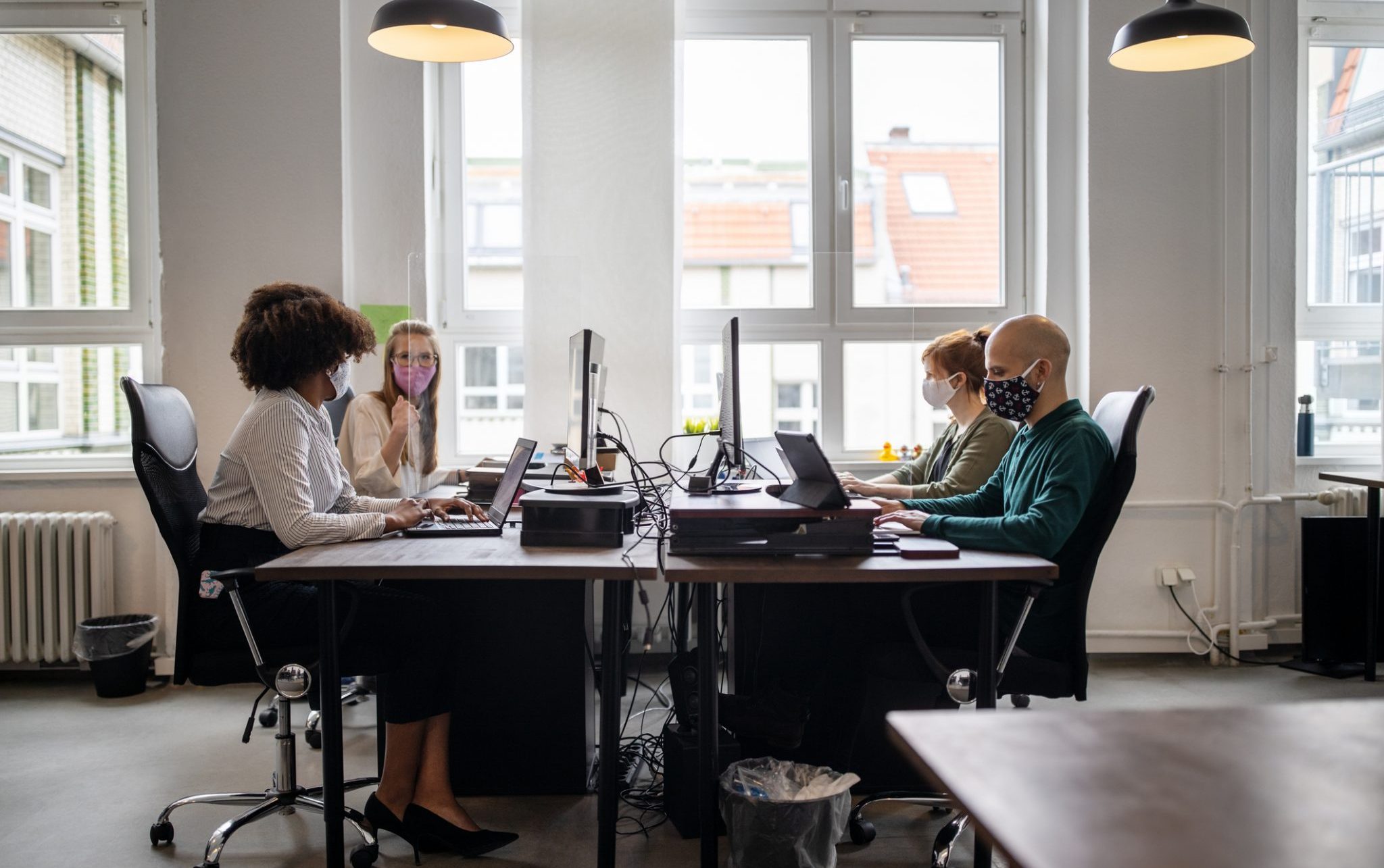
Although you may not have much say in whether your workplace has returned to office-mode or even the workplace safety. What you can do is this.
If you have the privilege and opportunity to stay and home and work safely – do it. You might be missing your daily coworker coffee, but your health and that of your loved ones are worth more.
If you don’t have the option and are required to report for duty, then it’s vital you do so safely. Take measures to ensure that your health and safety are catered to at work. Many states have introduced emergency legislation to make this a requirement for any employer. So, follow your local news and know your rights.
If you have the privilege and opportunity to stay at home and work safely – do it.
A coronavirus-safe workplace should employ social distancing measures and consider the use of personal protective equipment an essential, not a privilege. The World Health Organization (WHO) recommends the wearing of face coverings for those not in high-risk groups and medical masks for those in high-risk groups in the workplace.
If you are returning to the workplace, you may also want to consider bringing your own cutlery and cups from home to avoid contamination. COVID-19 transmits via water droplets in the air. However, some of these can fall on surfaces and be transferred this way. So, put your health first and look after yourself.
Can I go back to my gym or fitness class?
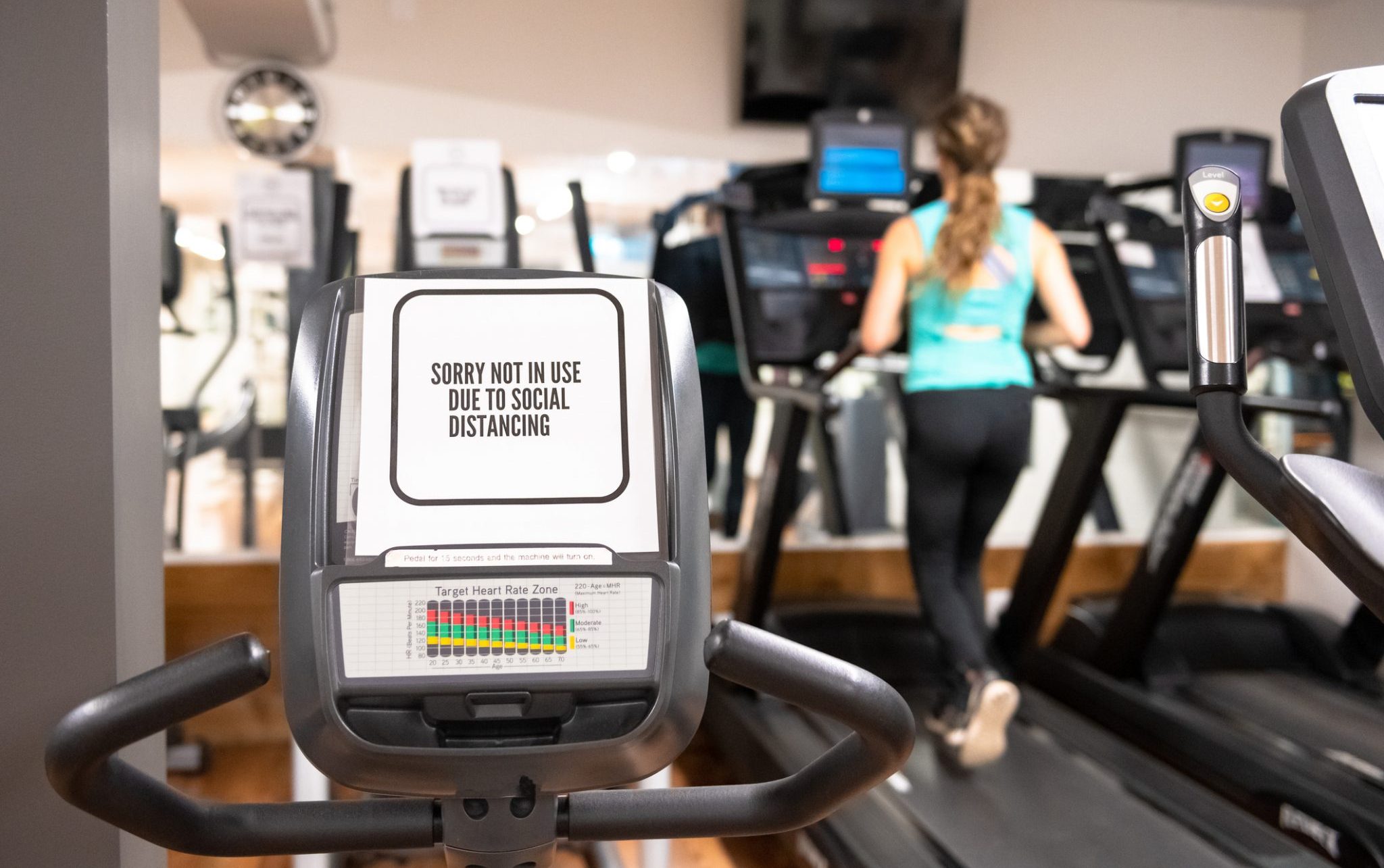
Even if you planned to try out that awesome new home workout, there’s a good chance that you’re missing the atmosphere in your local gym and fitness class.
Often these are places we go not just to work out but to relax and socialize. Their loss has really been felt. But is it too soon to go back? You can dive into this topic in-depth in our article, right here, but, in short, the answer is this:
If you can work out at home or in an open air space, this is your best option at the moment.
But if this doesn’t work for you, then you should look for the following things when returning to the gym or your fitness class:
- Social distancing
- Sanitizer everywhere (you should be able to clean the machine before and after use)
- Good ventilation
- Clear guidance
Should I still be taking precautions when I go to the supermarket?
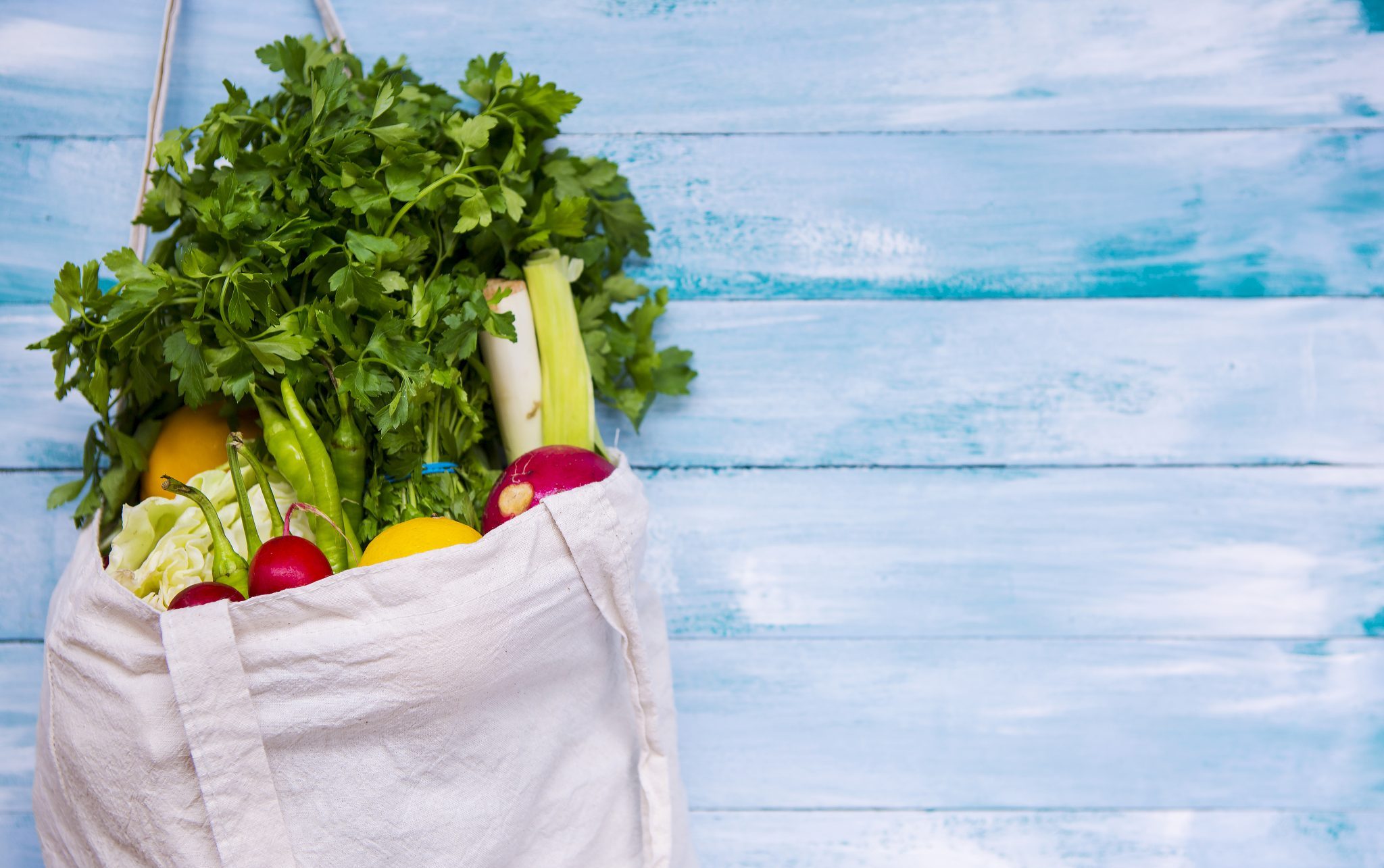
Yes! COVID-19 is and remains a very real threat to the health of our population. Whether you’re just heading to your local store or a large supermarket, it’s essential you put your health and the health of others first.
COVID-19 is and remains a very real threat to the health of our population.
So how to do this safely.
- Wear a mask. This not only helps protect you from getting coronavirus but protects those around you.
- Clean the handle of your shopping cart or basket. Many stores offer facilities for cleaning your carts or baskets before you enter the Store. Use them!
- Socially distance. Try to avoid standing close to others in lines or in the aisles. Where possible, choose to shop at quieter times and care to avoid others.
- Decide who needs to go to the store. You don’t need to bring everyone with you. Consider nominating one member from your family to go to the store. This helps avoid crowding.
- Clean your hands afterward. After you leave the store, make sure to follow good hygiene practices and clean your hands.
Will there be a new wave of coronavirus? And how can I prepare?
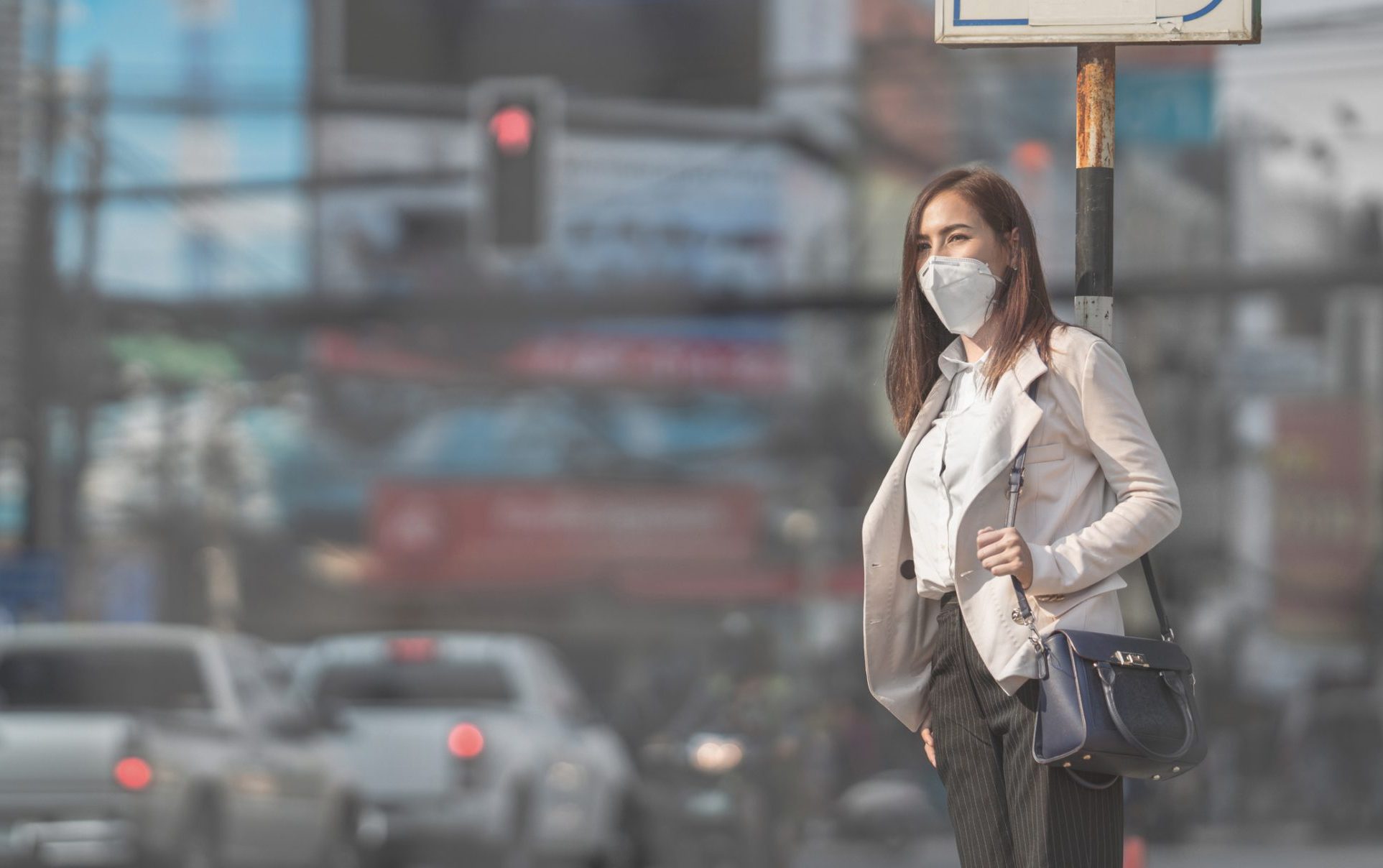
Many countries around world are talking about the possibility of a second wave of coronavirus, but is this something we should be worried about? In short, yes. And it’s essential to prepare early.
For countries who have succeeded in flattening the curve in the first wave of the virus, many are already preparing for a second. It is suggested that this could happen in the winter and may occur alongside seasonal flu. This means increased pressure on healthcare facilities and more risk to those presenting with symptoms.
As the colder months roll around, we should be vigilant about our health and hygiene and do our best to lower the spread of the virus.
One example of a second wave already occurring in South Korea. After easing lockdown measures, the country said a second wave occurred following the May holidays. Highlighting, once again, the importance of social distancing.
However, it is impossible to have a second wave without the first finishing. Other states are still deep in the first wave of coronavirus. This means that they are more likely to see a surge in cases, rather than a true second wave.
So, what can you do to prepare? First and foremost, continue practicing good hygiene and social distancing measures. To date, these are our best bet at fighting the virus. Second, listen to recommendations brought in by the government in your area. These will help you orientate on what is going on and what you should be doing at this time.
I’m anxious about rejoining the world? What can I do?

After many long months of staying home, you may feel anxious about getting back to your new normal, however, this may look. Your anxiety, right now, is normal. These are unprecedented times and unprecedented circumstances. There is no rule book for how you should behave. And, we’re all feeling a little stressed.
But, what’s important right now is your health, both mental and physical. And this is something worth taking care of. In our article, How to Manage Anxiety in Life After Lockdown, we dive into how to focus your mind and structure your day to reduce stress after quarantining. If this is something that you’re experiencing, start there.
Will there be a coronavirus vaccine soon?
Around the world, more than 140 teams are in a race to develop an effective coronavirus vaccine. Out of these, 5 are in Phase 3 – vaccines in large-scale efficiency trials (26.07.2020). This is one step away from approval. But it’s a long one.
Vaccination process:
Pre-clinical (142) – not yet in human trails
Phase 1 (17) – conducting small-scale trials
Phase 2 (13) – larger safety trials
Phase 3 (5) – wider safety and efficiency trials
Approved (0) – production and distribution
At the final stage, the approved vaccine would be manufactured and distributed. While this is promising, the proposed timeframe for one which has never been achieved before. Early estimates propose 12-18 months before a workable vaccine is rolled out.
Optimists suggest this could be fall, but others consider that the timeline could be early next year. And this is generous. Merck CEO Mark Frazier suggests that this deadline is ‘very aggressive.’ And while it’s true that such a fast solution has never been seen before, the response is also a world-first. Information sharing and a common goal could see new positives for mankind.
However, until then, it is vital that we remain vigilant and follow recommendations on hygiene and social distancing.
Are there any new symptoms I should look out for?

At the beginning of the crisis, the main symptoms we were told to look out for were:
- Fever
- Cough
- Shortness of breath
Since then, WHO has officially added more potential symptoms. These include:
- Headaches
- Diarrhea
- Loss of taste or smell
- Congestion
- Aches and pains
- Skin rashes
- Discoloration of fingers or toes
If you are experiencing these symptoms, you should get in touch with a medical professional. Usually, this is best to do by phone. However, if you believe you have a medical emergency do not hesitate to contact a medical professional. Seek help if you need it.
Please note, that in children, there have been reports that the disease may present like Kawasaki Syndrome. This is an inflammatory condition that may look like a rash or swelling on the body. If you notice a similar condition in your children, please consult your doctor immediately.
Can I take a vacation this year?
You mean a staycation, right? Currently, very few, if any, nations would recommend travel. In fact, many have issued “essential travel only” warnings. And in case it wasn’t clear, that means essential travel only.
While we could all use a break, now is not the time to be hopping on a plane and jetting off on a sunny vacation. You should only be traveling if you really have to. Instead, consider visiting your local landmarks and sites. Enjoy the beauty of your homeland and go on a staycation.
You mean a staycation, right?
Providing you follow social distancing and hygiene rules, and are being safe, there is nothing wrong with having a little break. Alternatively, you can head to your back yard and engage in a visualization vacation.
Can I see my grandparents/grandkids?
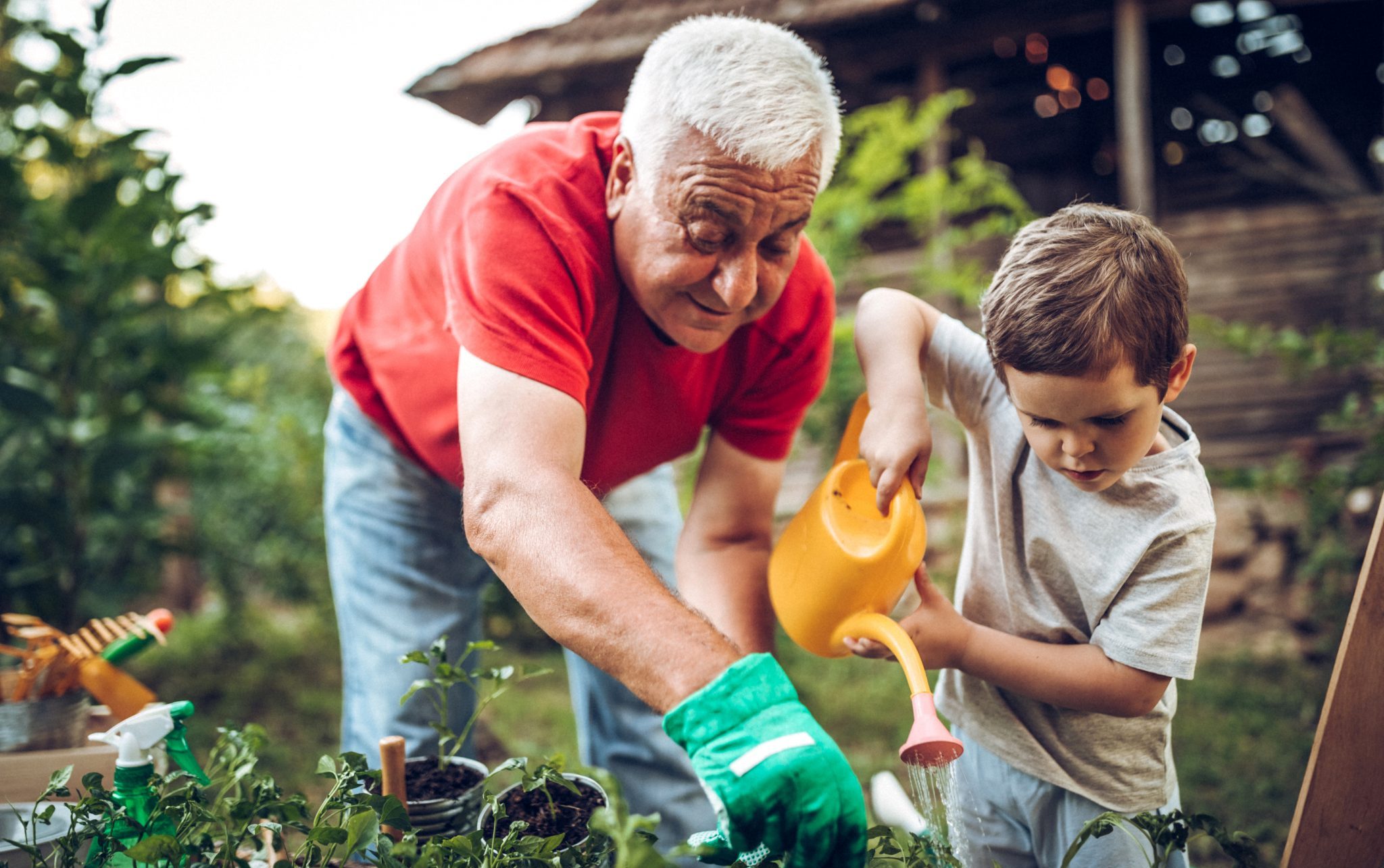
Missing family? You’re not alone. We’re all missing our loved ones and wondering would it really be so bad to see them? The good news is, that unless your state is on lockdown or you’ve been advised otherwise, now is a good time to visit family.
Great! But, as usual, make sure you take precautions before you do.
- Avoid large gathers
- Try where possible to meet outdoors
- Don’t visit if you feel unwell and head home if anyone has a sniffle
- Wash your hands regularly
- Consider whether you need to wear a mask
In addition, if your relative are vulnerable or elderly, take into account the extra care they may need. Be considerate of those who are shielding of cocooning and follow safe social distancing practices to keep them safe. We’ve created some helpful tips for you, right here.
